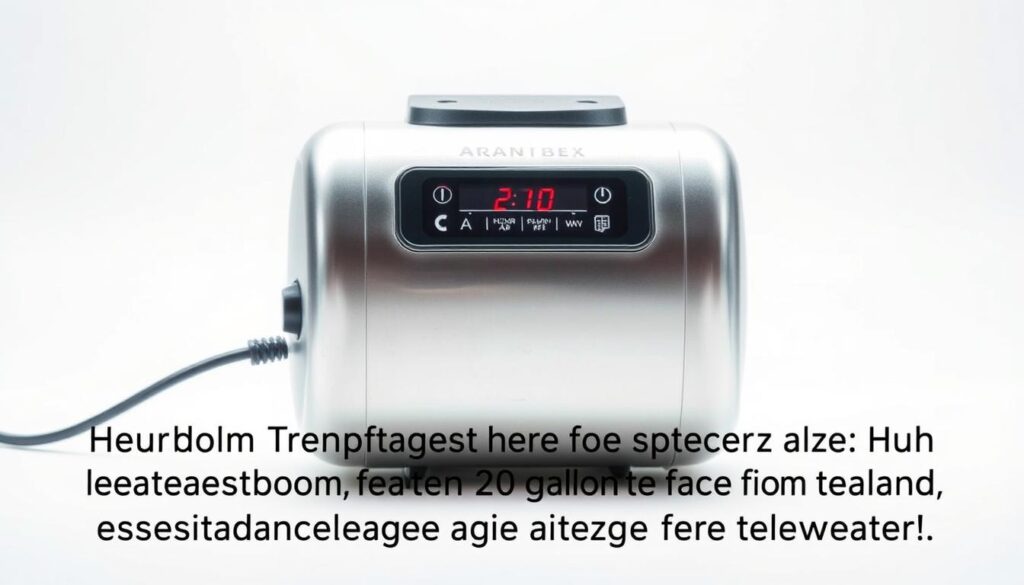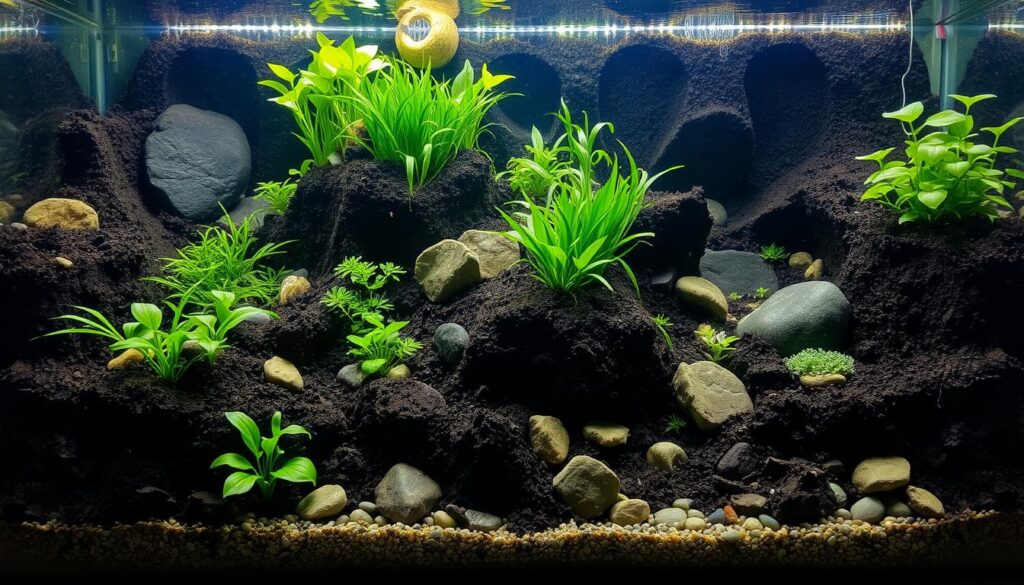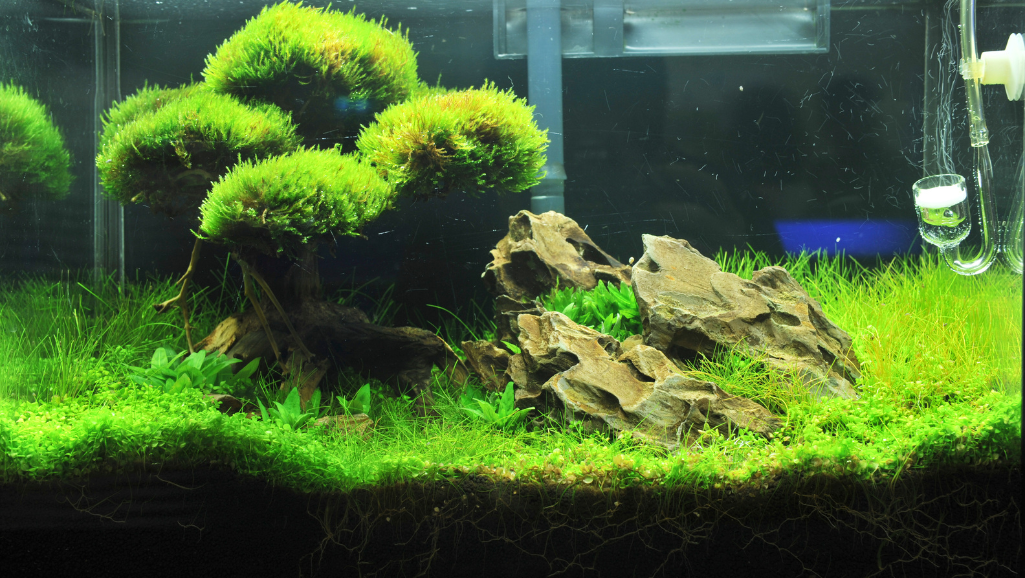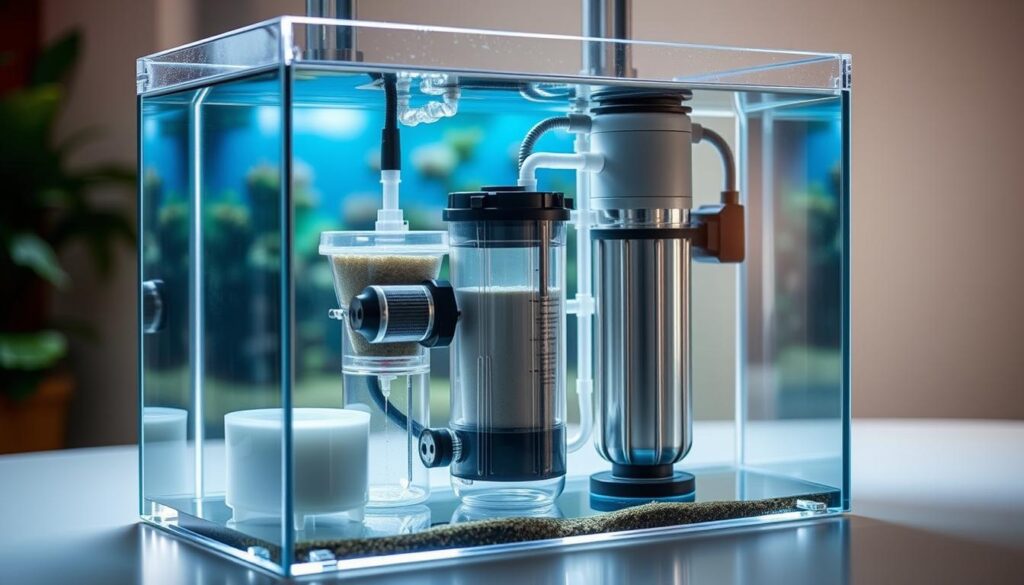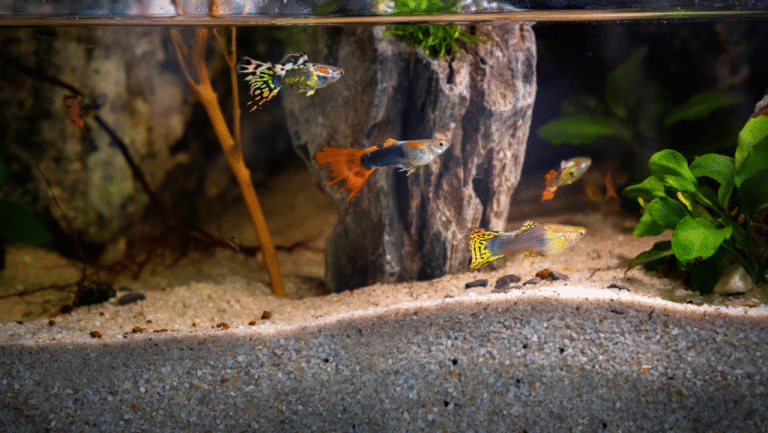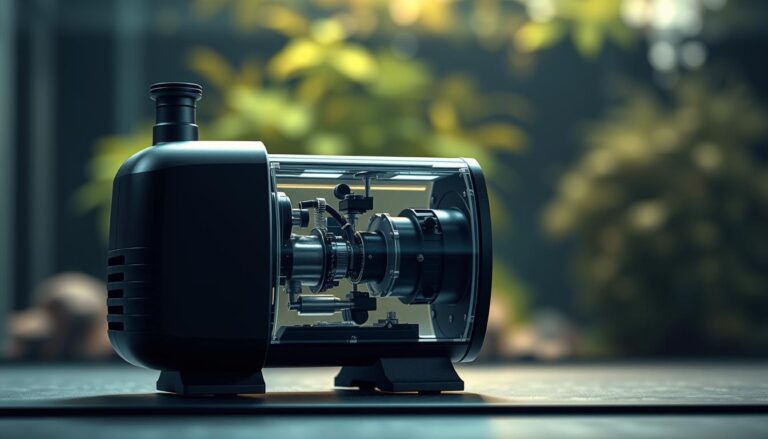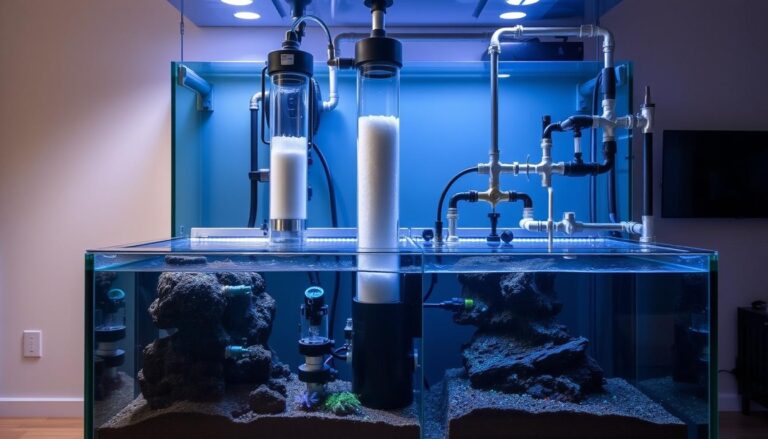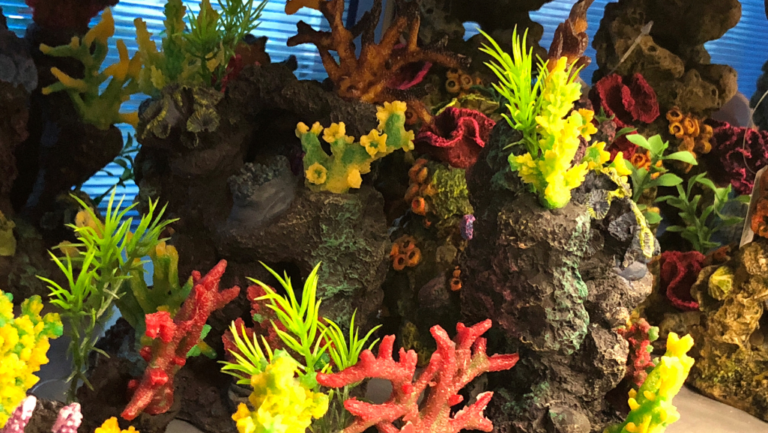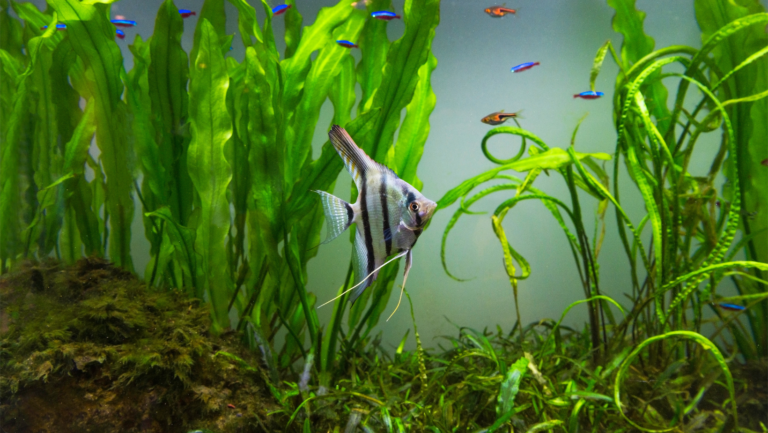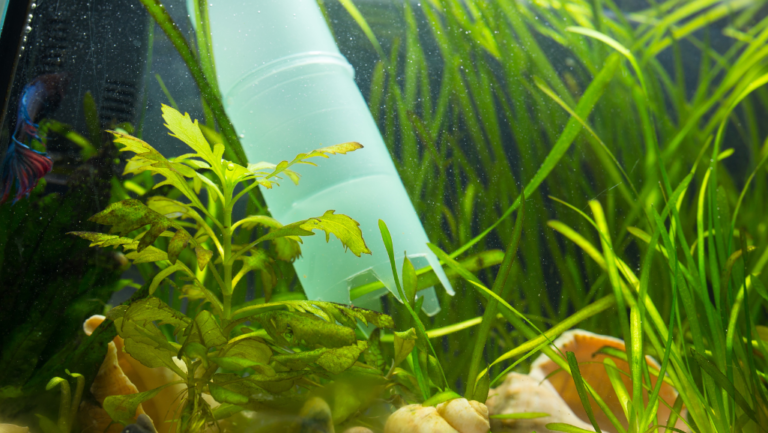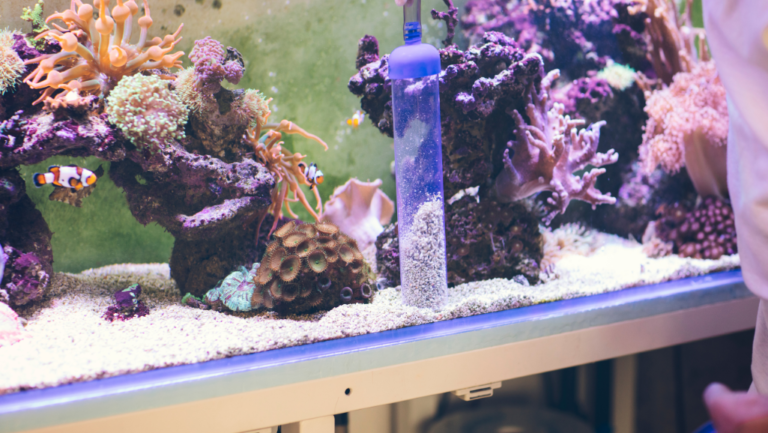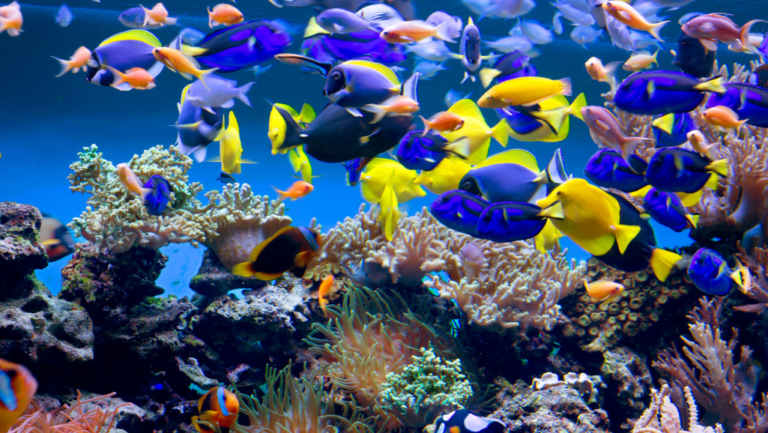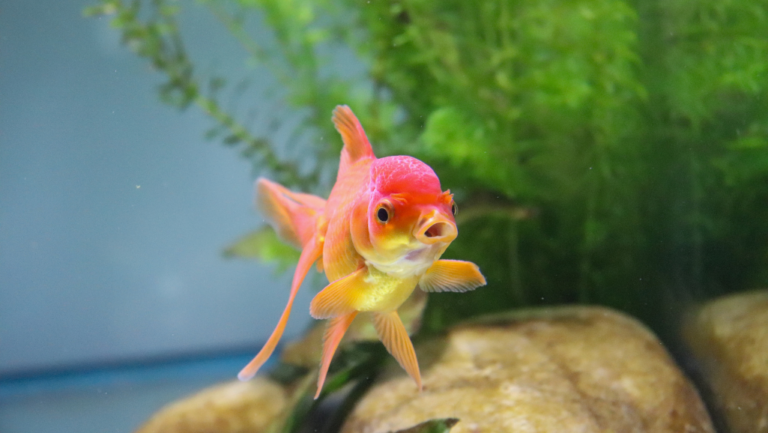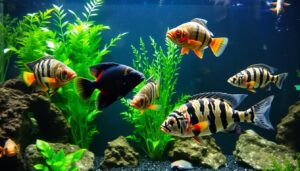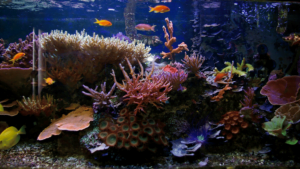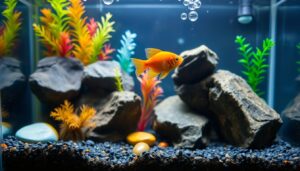This quick introduction helps U.S. hobbyists pick the right aquarium heater so fish thrive and temperature stays steady. A simple rule guides most choices: use watts per gallon as a starting point and adjust for room and desired water temperature.
Practical example: raising water from about 68°F to 77°F in a 20-gallon setup typically needs roughly a 50W unit when using the common 2.5–5 watts per gallon guideline. Many experts recommend aiming near 3 watts per gallon and adding redundancy.
Two smaller heaters placed on opposite sides near the filter outflow give safer, more even heating. Mount at a 45-degree angle, check multiple spots with a thermometer, and unplug units during water changes to protect equipment and fish.
Key Takeaways
- What Size Heater for 20 Gallon Tank.
- Use watts per gallon as your baseline and nudge wattage by degrees needed.
- One 50W is a common answer for a 20-gallon setup moving from cool room temps to mid-70s.
- Two smaller heaters provide redundancy and smoother circulation.
- Place heaters near filter outflow and mount at a 45° angle for best flow.
- Always verify water temperature in multiple spots and unplug during changes.
Quick answer: the right heater wattage for a 20-gallon aquarium today
A straightforward baseline helps you choose quickly. In an average U.S. room, aim for a total of 50–75 watts to keep mid-70s water temperature steady. A 68°F room to a 77°F target (about a 9°F rise) typically needs roughly 50W, using the common 2.5–5 watts per gallon rule.
For safety and even heating, split that total into two smaller units. Two 25–50W devices placed at opposite ends improve circulation and give backup if one malfunctions.
Avoid oversizing. Too much total power risks overheating if a thermostat sticks. Choose the next larger step only when between chart points, and always verify results with a reliable thermometer in multiple spots.
- 50–75 watts total suits most home setups.
- Use two units to reduce hot spots and add redundancy.
- Lean toward higher wattage only for colder rooms or heat-loving fish.
What size heater for 20 gallon tank: how to calculate by room temperature and target water temperature
Start with the delta. Subtract average room temperature from your target water temperature to find the degrees you must add. That simple number guides the watt plan.
Use 2.5–5 watts per gallon as a baseline, then check a sizing chart. In many U.S. homes a 68°F room rising to 76–78°F (about a 8–10° jump) works well with roughly 50–75 watts total. That range handles normal heat loss from flow and lights.
Colder rooms or warm-loving fish? If room temps dip into the low 60s or you want mid-80s water, plan 100–150 watts total. Split this across two smaller units to limit risk and even out heating.
- Quantify the degree gap first.
- Apply 2.5–5 watts per gallon and confirm with a chart.
- Use two heaters as redundancy to protect fish and control power.
Choosing your aquarium heater type for a 20-gallon: submersible, hang-on, inline, or cables
Picking the right heating type shapes how steady your aquarium temperature stays and how easy upkeep will be. Match the style to your layout, plants, and how visible you want equipment to be.
Pros and cons by type: efficiency, placement, and planted setups
Submersible units sit fully in the water and give consistent heat. They tuck behind décor and work well in most freshwater displays.
Hang-on models are only partially submerged and lose some efficiency. Use two on opposite ends if you pick this type to reduce cold spots.
In-line heaters hide in the filter loop and keep the display clean. They deliver even circulation but require plumbing that fits your equipment.
Heating cables sit under substrate and help planted layouts by warming the root zone. They complicate later maintenance, so plan placement carefully.
One unit vs two: even heat and redundancy
Running two heaters eases strain on each device and protects fish if one fails. Set them on opposite sides near the filter return so warm water spreads fast.
Keep the element length matched to aquarium height so flow moves heat without forming hot spots. Avoid oversized gear to limit risk if a thermostat sticks.
“Two smaller units offer smoother control and safer backup than a single oversized option.”
- Place heaters in strong flow.
- Match tube length to tank height.
- Choose a type that fits your maintenance habits.
Set up for success: placement, control, and safety to maintain stable water temperature
Good placement and simple routines keep temperatures steady and fish calm. Place heating elements near the filter outflow so warm water moves across the display and avoids cold pockets. Mount each device at about a 45-degree angle to smooth thermostat cycling and cut frequent on/off stress.
Thermostat and controller strategy
Use two units with staggered set points—set the primary to your target temperature and the secondary a few degrees lower as a backup. If you add an electronic controller, choose one device as the primary control and keep the other as a safety net to catch failures.
Verify and fine‑tune with thermometers
Check water temperature in multiple spots: front and back, high and low. Move a reliable thermometer around over several days and nudge placement or settings until readings match across the display.
Essential safety habits
Unplug heaters before water changes so elements never run dry. Fit drip loops on all cords and use a snug cover to reduce evaporation and heat loss. Avoid oversized equipment to limit risk if a thermostat sticks and remember that pumps and lights add gentle heat.
“Thoughtful placement, layered control, and routine checks deliver the steady environment fish need.”
- Mount heaters in strong flow near the filter outflow.
- Stagger set points or use a controller as backup.
- Verify temperatures in several locations with a thermometer.
- Unplug during water changes and use drip loops.
Conclusion
Small, thoughtful choices in wattage and setup make the biggest difference to fish health. For a typical home with a 68°F room aiming near 76–78°F, plan about 50–75 watts total and split that power between two heaters to add redundancy and even flow.
Stagger set points, place units near the filter outflow, and verify water temperature in several spots with a reliable thermometer. Avoid oversizing; a stuck thermostat risks fast rises in degrees.
Use drip loops, unplug during water changes, and pick the type that fits your layout and routine. Do these simple steps and your equipment fades into the background while fish thrive.

